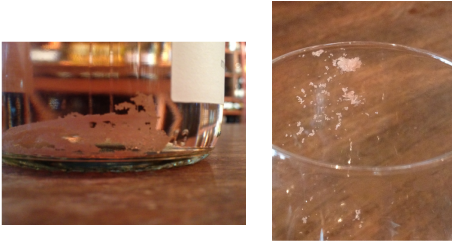Depending on where you live, and what kind of wine stores you have access to, you might have a hard time finding Fie Gris. But if you can, it's worth it. (It's so unusual, it doesn't even have a wikipedia page!)
Fie Gris is thought to be an ancient ancestor of Sauvignon Blanc and is, to this day, really only grown in France's Loire Valley. Furthermore, not many winemakers are making 100% Fie Gris wines, let alone exporting them (I'll give you a few to look for below.) However, if you can find them, you won't be sorry!
Like Sauvignon Blanc, Fie Gris is often juicy and full of fruit, though has much less fruitiness than many American and Australian Sauvignon Blancs, and no grassiness of South African SB. It is lightly perfumy, crisp, and tart- making it a lovely summer wine, but also a great food wine. Because most of the soil in the Loire is pretty flinty, they also get a touch of mineral flavor to them (not a BS wine term, I promise- think of licking a wet stone.)
If you feel like stepping outside the box and trying a new, unusual variety, give Fie Gris a shot. It's delicious and worth the hunt. Don't believe me? Ask my parental units! My stepsister gifted my mom and stepdad a bottle at Christmas, which they thoroughly enjoyed- so much so, they say they may be ruined on Chardonnay- something I never thought possible!
Here are a few to look out for at your local wine shop (we've carried both, and the internet seems to tell me they're out there in other places too.)
Prey et Fils
Eric Chevalier (incidentally, the importer, Kermit Lynch tends to import great stuff. Dependably really good. If you see his name, it's a good bet it'll be a tasty bottle.) I have a bottle of this stuff in the fridge, waiting for a special occasion! We'll pretty much never carry it again at the shop, so I feel glad I snagged a bottle!
Let me know if you try any and what you think- also, if there are any other good versions out there that you know of, let me know!
Cheers!

 RSS Feed
RSS Feed